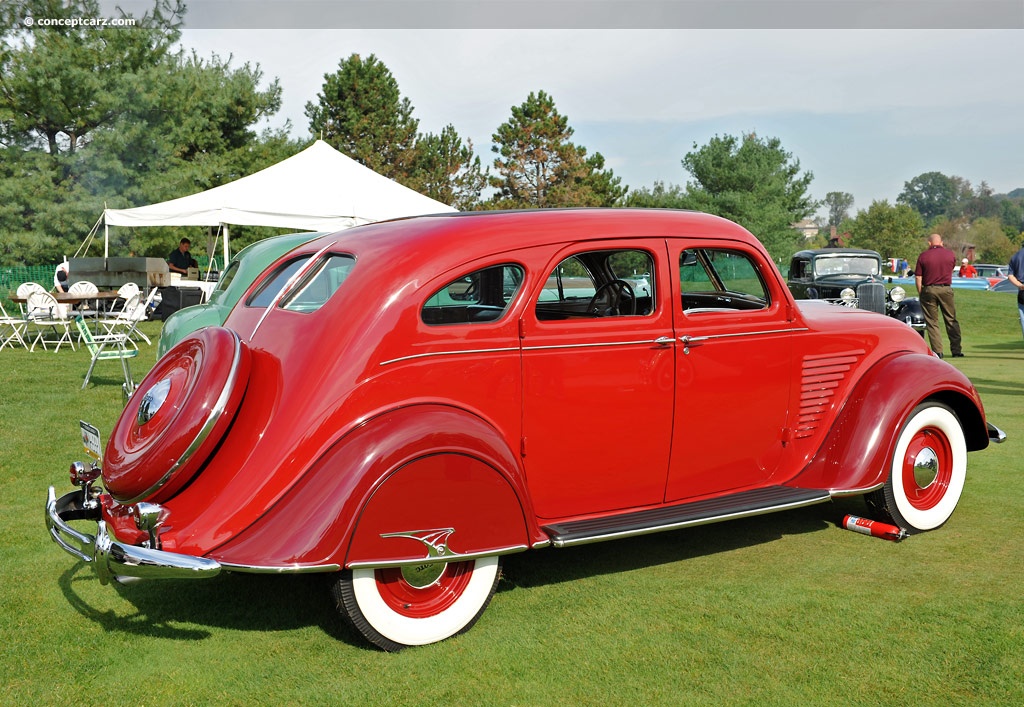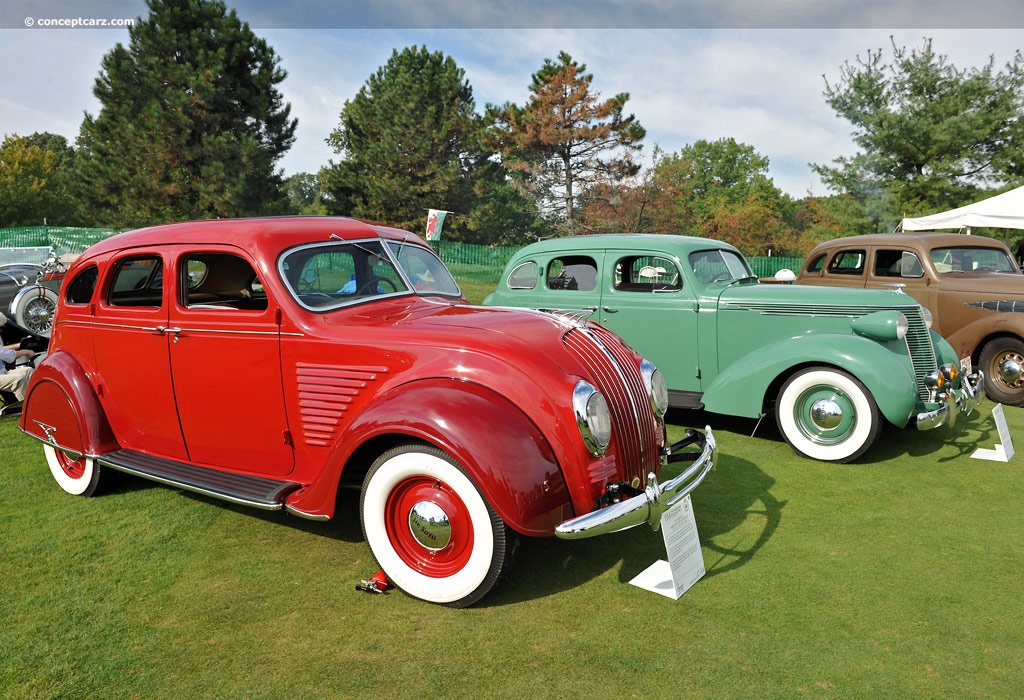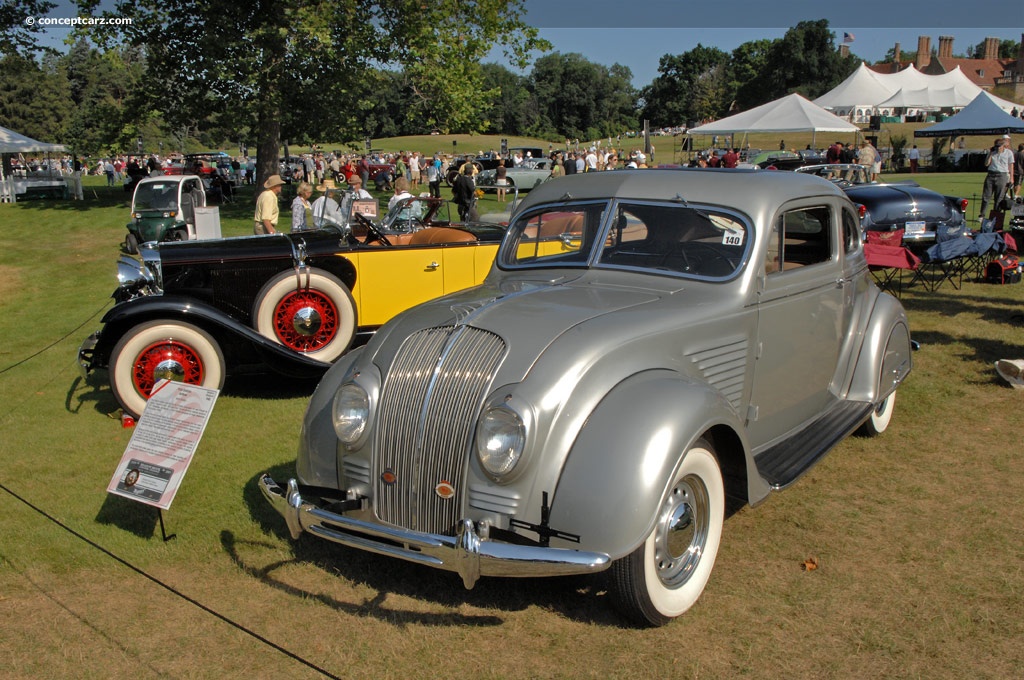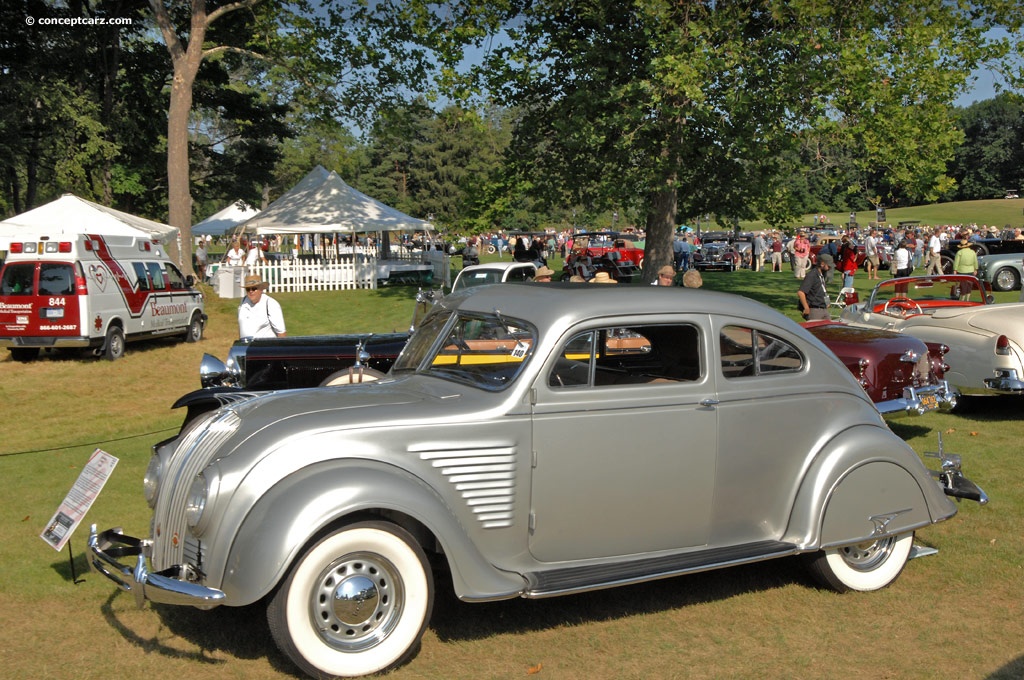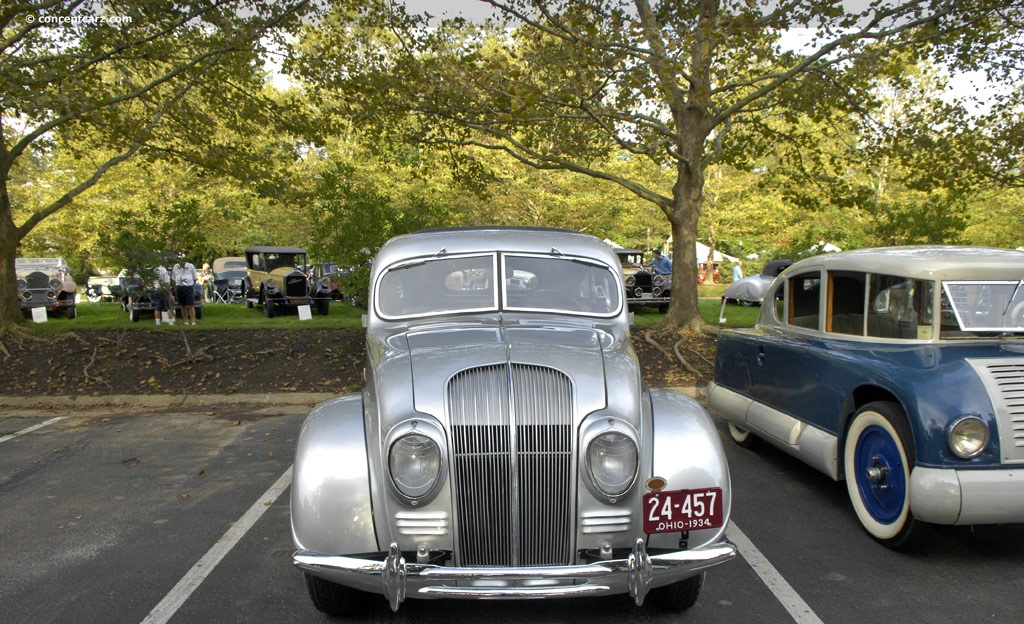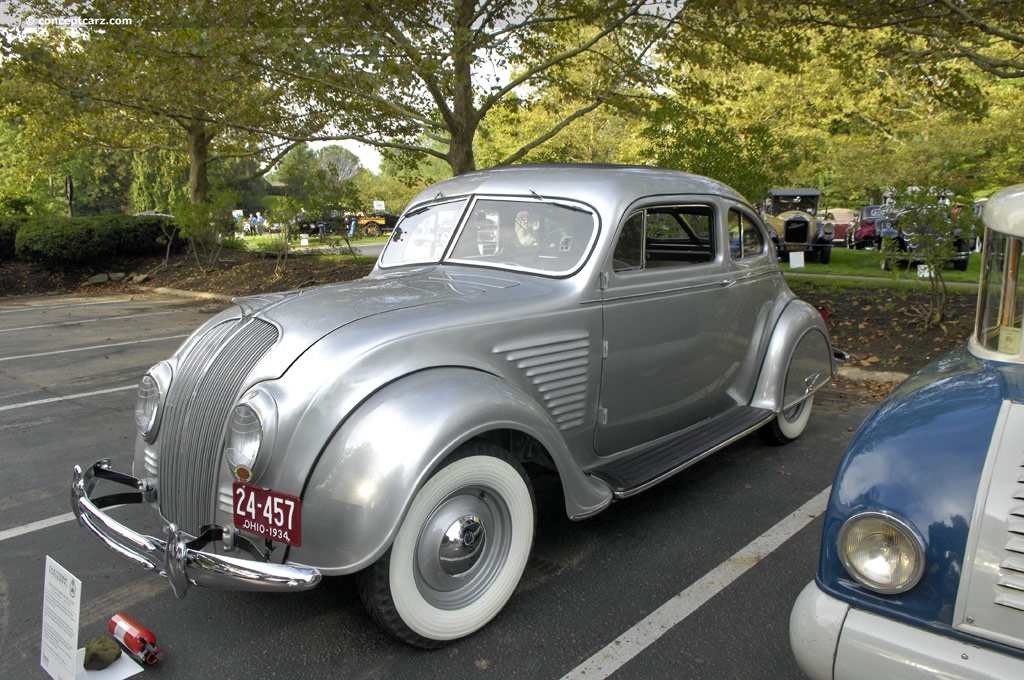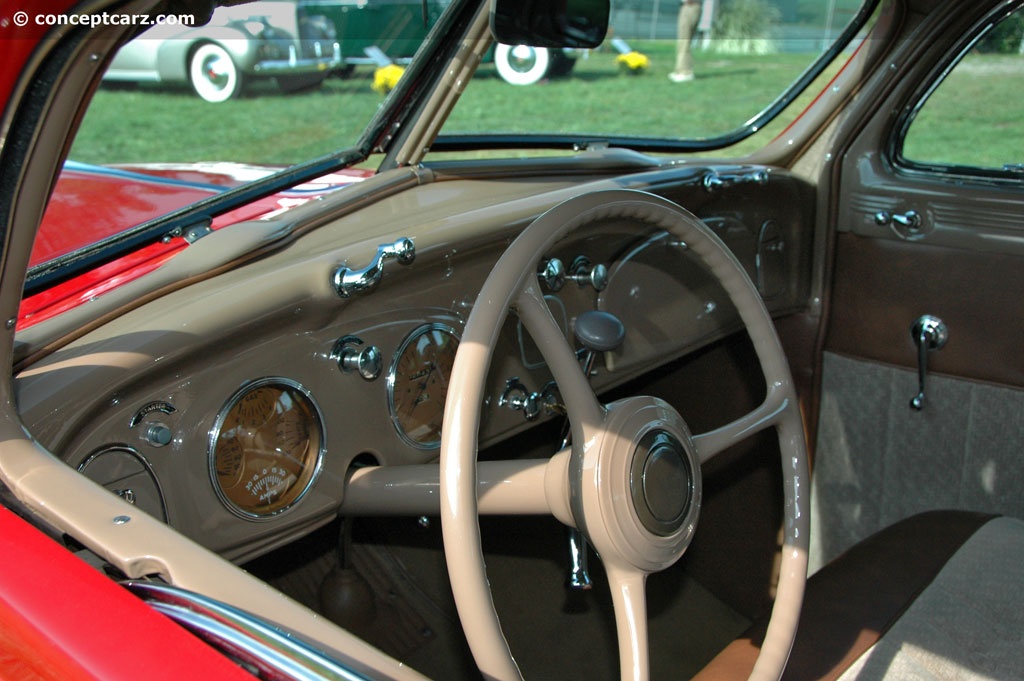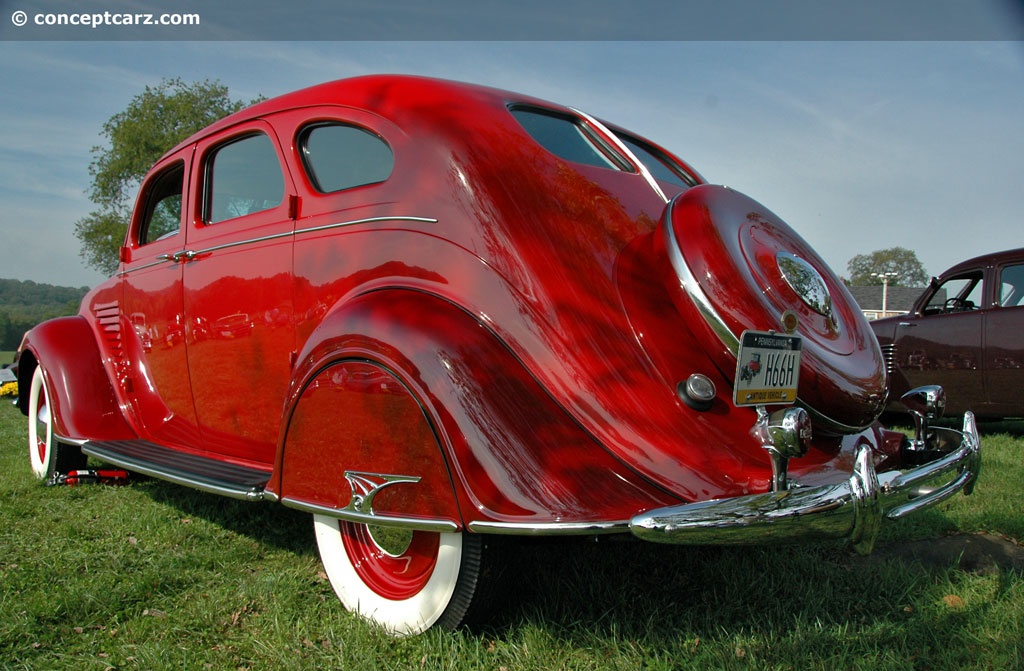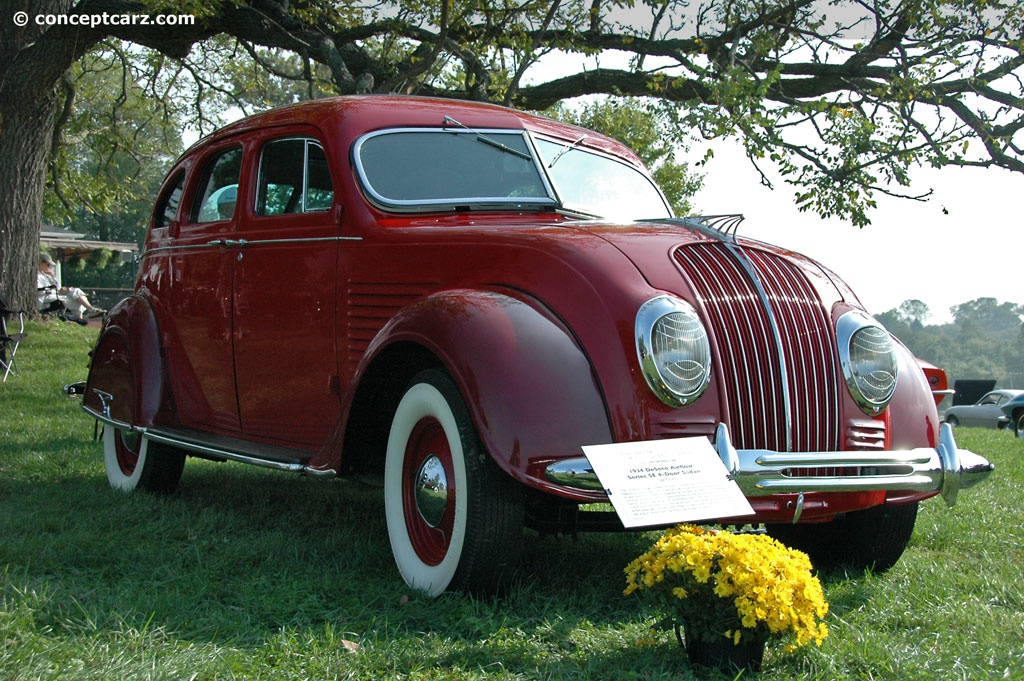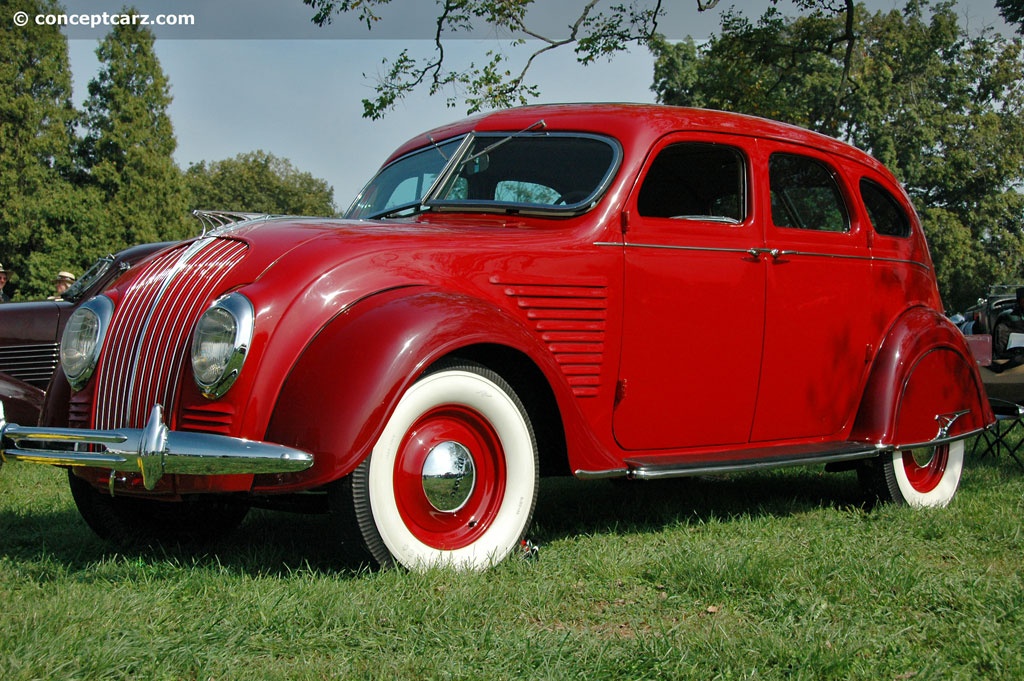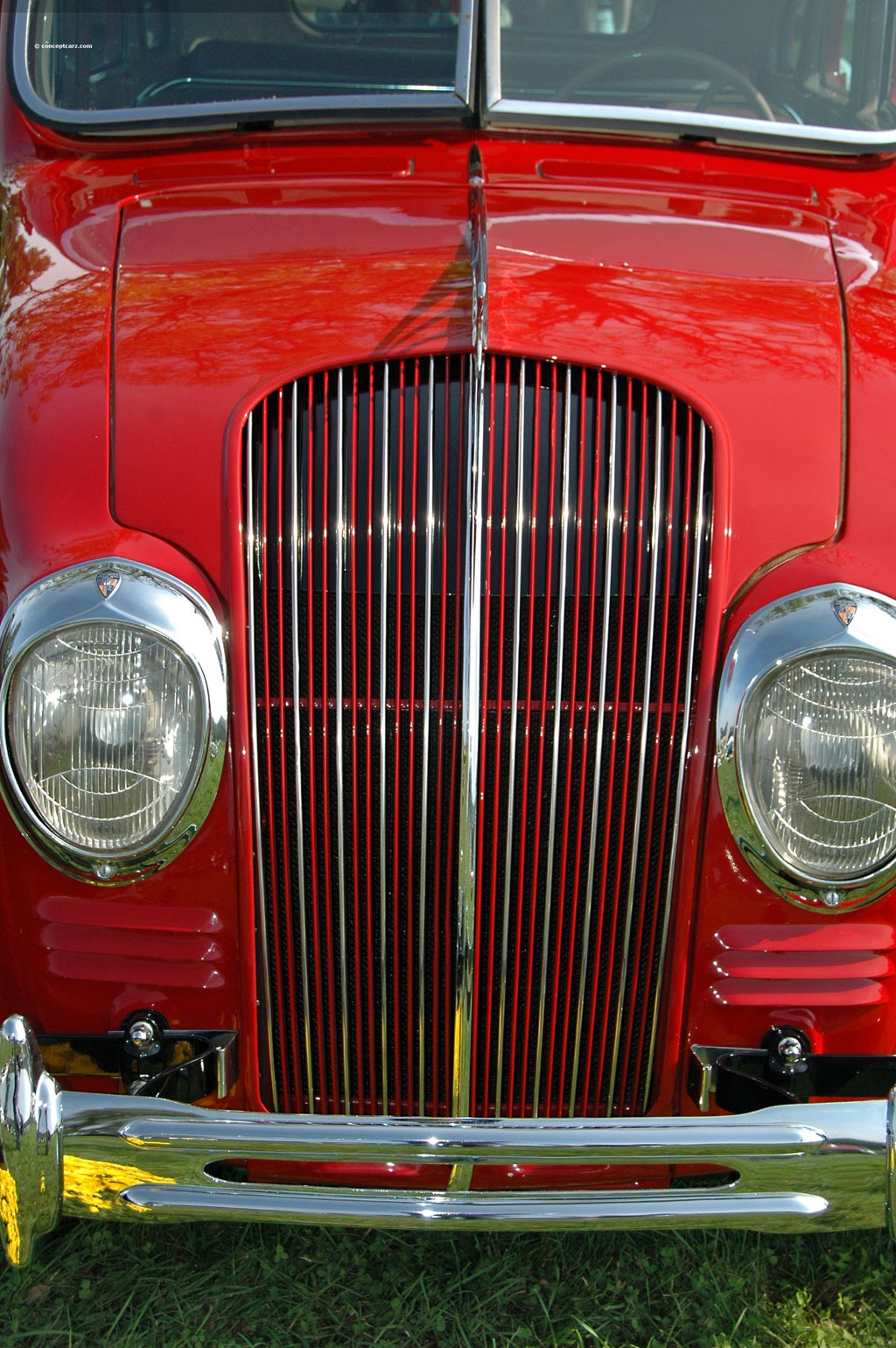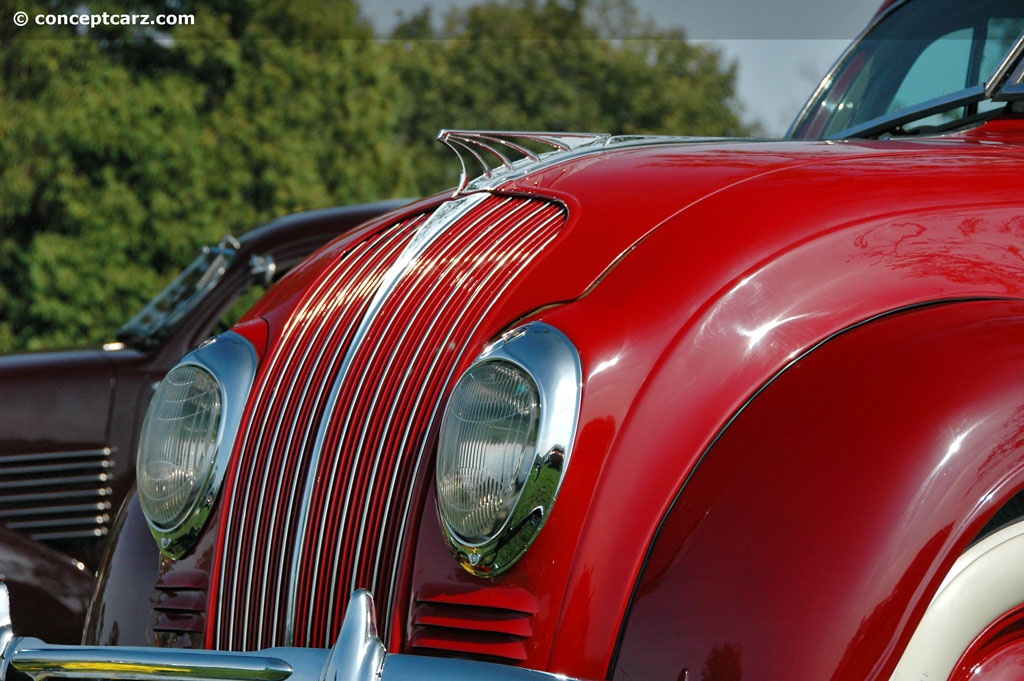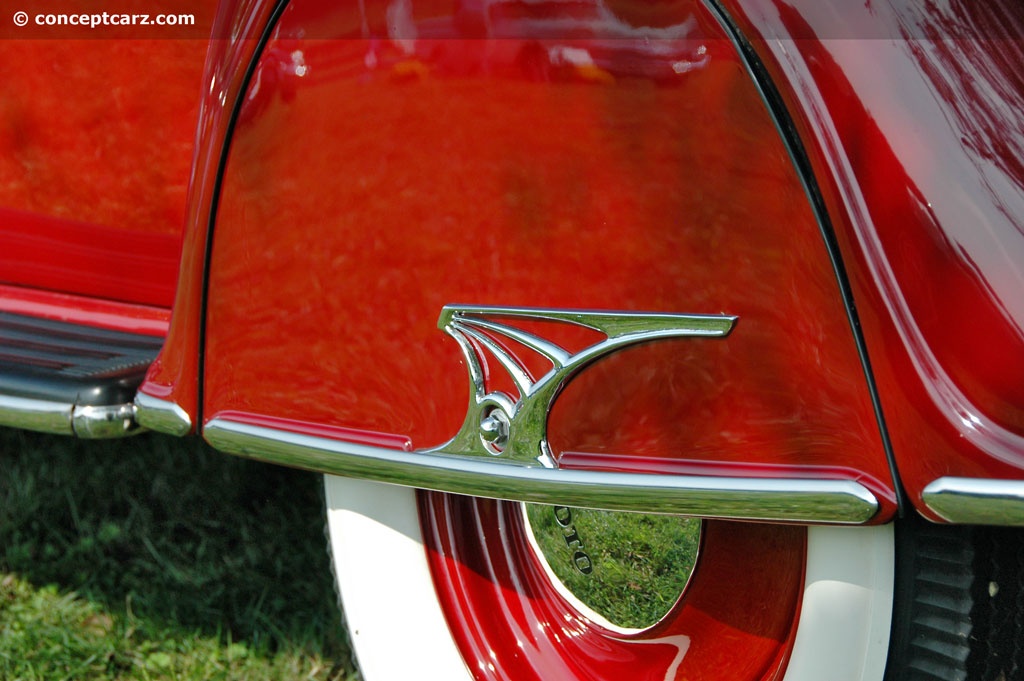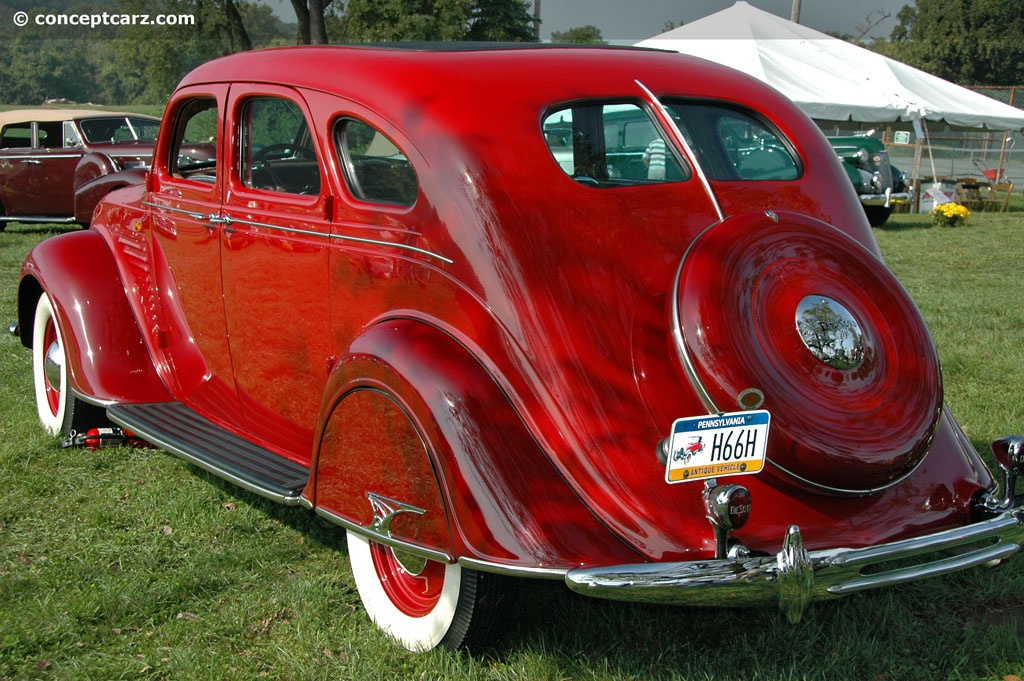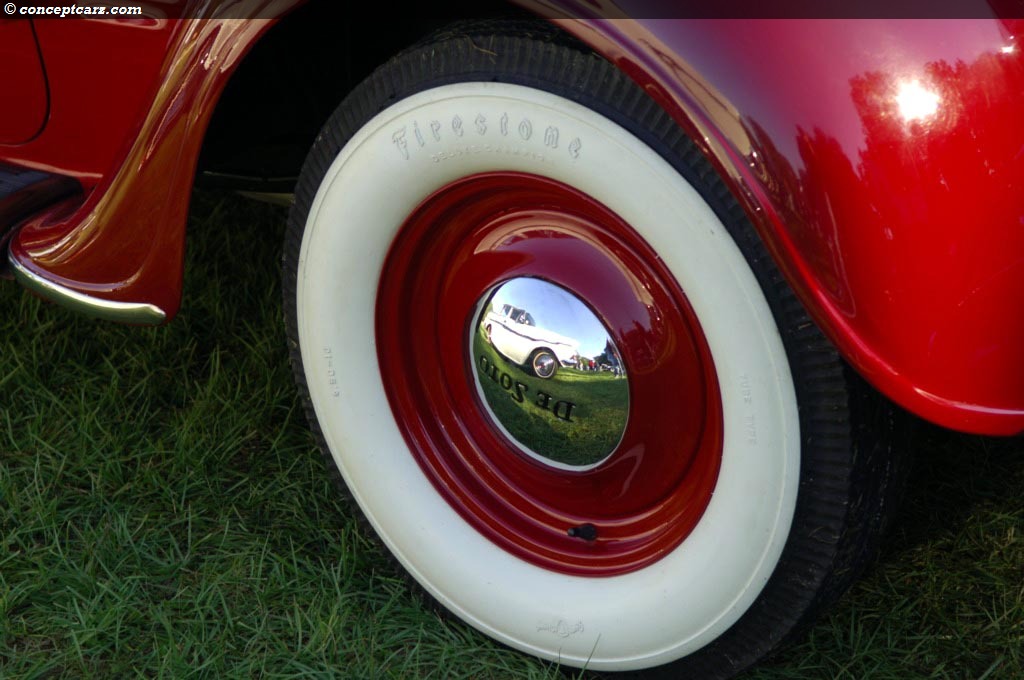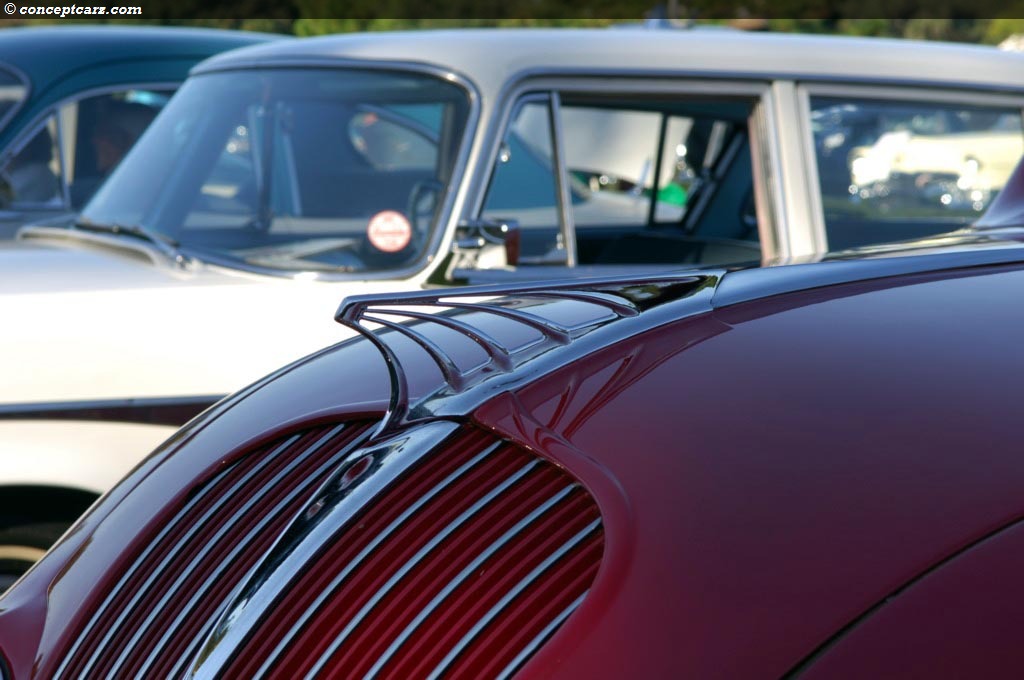The Carl Breer-designed Chrysler Airflow was ahead of its time in terms of aerodynamics. The design was revolutionary for the 1930s; the sales, however, would be its downfall. The vehicle’s design came about after many hours spent in wind tunnels. Orville Wright, an aviation expert, was called upon to help design a vehicle that achieved aerodynamics similar to an airplane. Lightweight, rigid materials were used to help compliment the vehicle’s design. A prototype called the Trifon Special was constructed in 1932. In 1934, the production model was completed and ready for sale.
Chryslers Airflows used strictly eight cylinders, while the De Soto version used six cylinders. The vehicle could be purchased in five different wheelbase lengths. The largest length measured 145 inches and was dubbed the Custom Imperials.
The front of the car had a large grill that extended from the hood to the bumper. When sales did not do well, the grill was changed to a more conventional ‘skyscraper’ gill in 1935. This also did not produce desirable sales results, so the grill was again modified. Sadly, sales still were unacceptable.
Hydraulic brakes were fitted to the car. A three-speed manual gearbox was used. The 122-horsepower Inline-8 could power the car from zero to sixty in 19.5 seconds and attain a top speed of about 88 miles per hour.
During the first year of production, 11,292 Chrysler Airflow’s were sold. The cheaper De Soto alternative sold 13,940 vehicles. The 1936 year saw only 6,285 Chrysler Airflow sales and 5,000 De Soto sales. In 1937, the vehicle was taken off the market.
